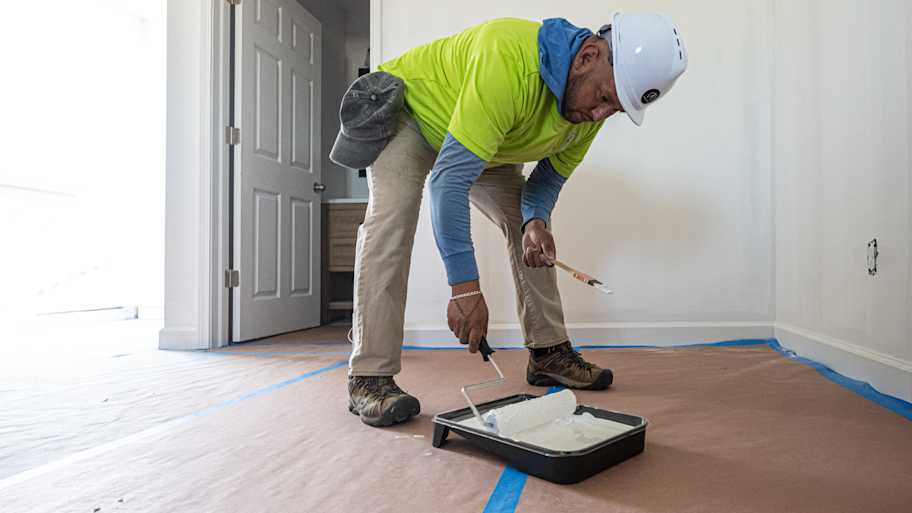Make Your Room Pop By Adding Texture to a Wall
Embrace your wall's imperfections by adding unique texture using a few simple tricks


If your plainly painted wallis starting to feel drab and wallpaper isn’t your thing,, consider adding texture to your walls. From pre-made mixes to items you can find in your kitchen, there are a variety of tools and methods you can employ to create a unique texture on your walls, which have the added benefits of hiding small imperfections and helping with sound insulation—pretty useful if your kids ever take up the drums.
Use Textured Paint
Textured paint is sold in pre-mixed formulas, but you can also buy additives to mix with other paints to create texture. The additives are typically sand-based and are sold by grain size so you can choose a fine, medium, or coarse grain texture depending on the look you’re going for. To ensure you get the right level of texture, mix one half-cup of additive at a time.
Use Joint Compound

Joint compound, also known as “drywall mud,” can create a variety of pleasing patterns on your wall through different application methods. This technique is relatively foolproof, as any mishaps can simply be wiped away before starting over. To apply joint compound to your wall, you’ll want to use a drywall knife. Once you’ve applied it, you can use a variety of tools to creative the texture you want; here are a few ideas:
Comb texture: A comb texture is easy to achieve, and makes a series of lines in a pattern. Drag a drywall trowel across the joint compound to draw lines or even shapes on the wall.
Orange peel: An orange peel texture has subtle bumps and pockmarks that work great for this project. You should first prime your walls, ridding them of any dirt that the drywall might cling to. You will also need a spray or hopper gun with an air-adjustable valve and an air compressor. Using the hopper gun, test a small area of the wall to make sure you have adjusted the valve to the setting you want. Spray the compound onto the wall, leaving some spots untouched to create unexpected variation. When you’re done, let the compound dry for a full day before priming and painting.
Knockdown: The knockdown technique creates a stucco-like look. It can be achieved by following all the steps for the orange peel technique, with one additional: after spraying the compound onto the wall, wait 10 to 15 minutes, then smooth down some of the bumps with a knockdown knife, 18 inches or larger. Note that you should start flattening the bumps where you began spraying, to allow them to set evenly. And if you see knife lines as you begin to smooth the bumps down, wait 10 to 15 more minutes before continuing.
Slap brush: This technique creates a random, unexpected pattern of lines on your wall. If the idea of using a spray gun makes you nervous, this technique could be a good choice as it can be accomplished with just a roller and a double crows foot drywall texture brush (also known as a slap brush, hence the name of the technique).. All you need to do is mix your compound and apply it to the wall with the roller, one five-foot area at a time. Then, cover your slap brush with the compound and—as the name suggests—slap it on to the wall. You don’t need any rhyme or reason—randomness works in your favor here. Repeat the process until the entire wall or room is finished. Wait 24 hours, then proceed with priming and painting.
Slap brush knockdown: A combination of the knockdown and slap brush techniques, you will need to have a roller, slap brush, and knockdown knife handy. You should start with the slap brush technique and once you are done with that, use the knockdown knife to flatten the bumps. The results will look like a true combination of the two techniques: essentially, a slap brush look, but a bit smoother.
Use Popcorn
To achieve the popcorn texture look (reminiscent of the ceilings you might find in a1970s-built home), you can buy a specific compound (aptly named “popcorn texture”). The application stealthily hides wall imperfections and can help insulate sound, thus its popularity on ceilings. Once you have the popcorn texture, you’ll just need an air compressor and a hopper gun. Cover anything in the room you don’t want sprayed, and then deploy the compound onto your wall.
Use Perlite
Perlite paint is primer with small pieces of volcanic glass mixed in it. Embrace your inner artist by creating swirls with the paint. This will not only add dimension, but will give it some personalized flair.
Use Sand
Time to get gritty! Instead of buying perlite, where the sand-like material is pre-mixed into the primer, you can opt to buy your own sand and mix it into your paint. But leave your beach pail and shovel at home—you should use silica sand instead of natural sand because it’s cleaner with a more consistent texture.Like any other additive, you should start with a half-cup at a time to achieve the desired texture.
Use Some Rags
Rag rolling is a technique that employs a bunched-up rag to paint the walls in an irregular, eccentric manner. You should first apply a base coat of interior paint, and then use the rag to roll on or roll off; the roll off method will show less of the base coat and require more rags. Choose a color for your rag rolling that is either slightly lighter or darker than the base coat. Once you have dipped the rag in the paint, twist it up and roll it down the wall, using steady pressure throughout. Vary your strokes for a unique, mottled look.
Use Other Household Items
If you’re on a budget or simply trying to reduce waste, you can use many common household items to create texture. Coffee grounds, cornmeal, dirt, or other grainy things can work. Be sure to avoid anything water soluble or anything that has sugar or another sweetener added—unless you’re okay with ants and other critters being drawn to your beautiful new walls.
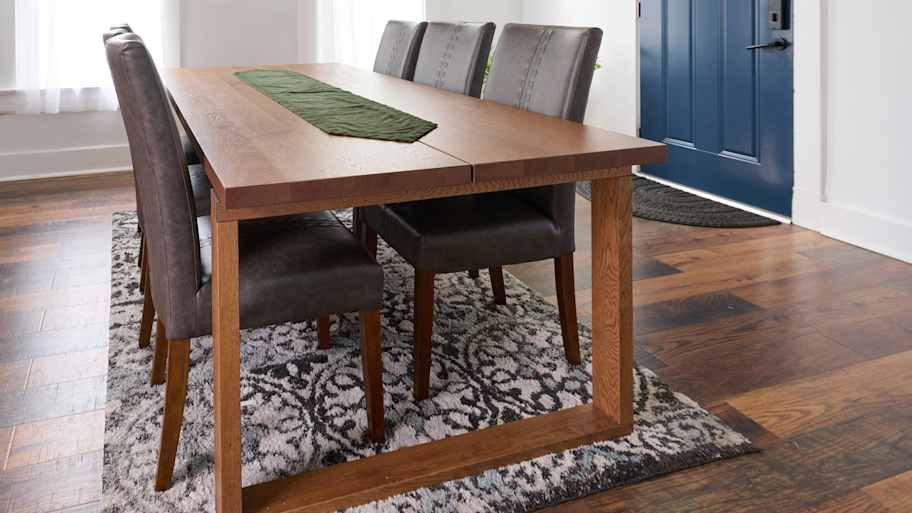

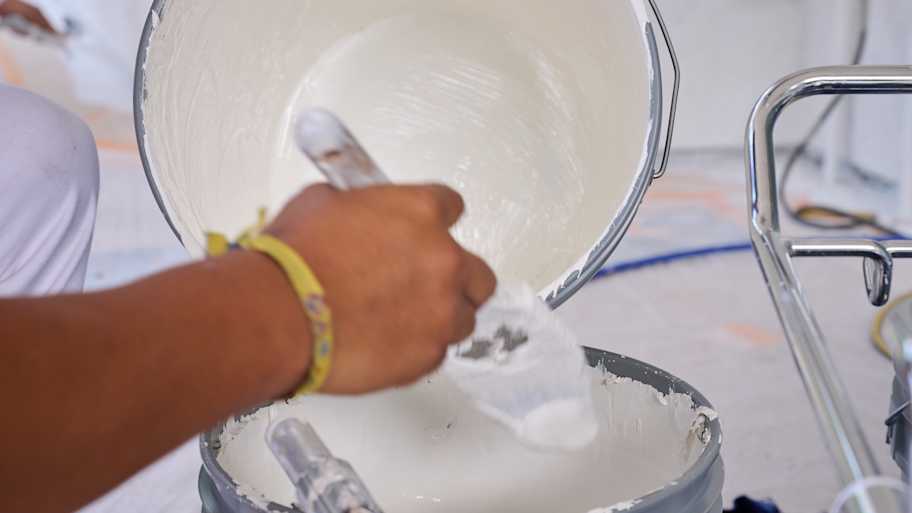
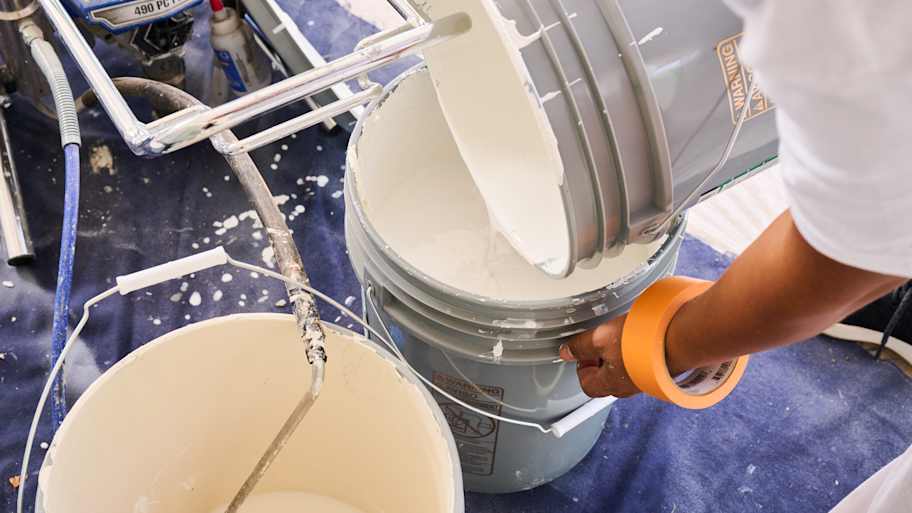
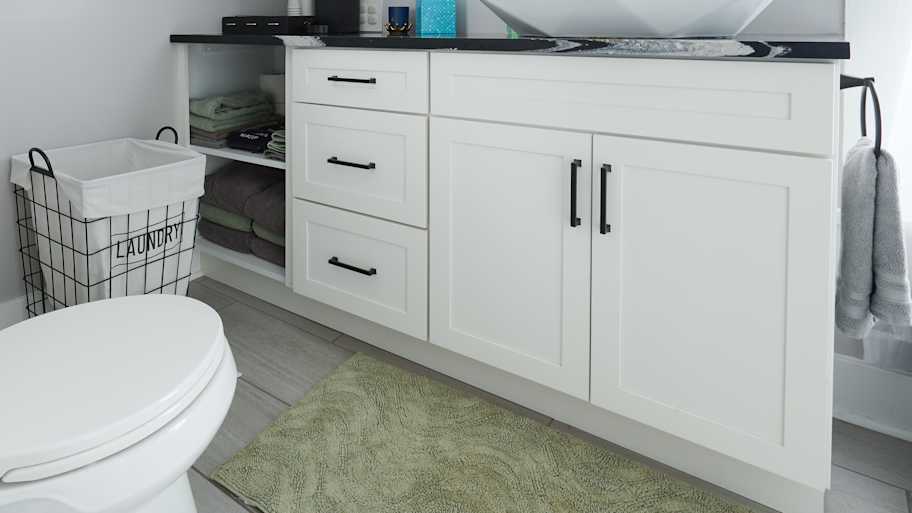
- How to Remove Texture From Walls in Your Home
- How to Texture Drywall: 4 Potential Methods
- 15 Types of Ceiling Textures to Take Your Ceiling Game From Flat to Fabulous
- 15 Drywall Texture Types to Consider for Your Walls
- 15 Wall Painting Techniques to Make Your Walls Stand Out
- 14 Faux Painting Techniques to Transform Any Room
- 20 Wall Painting Ideas to Spruce Up Your Home
- Essential Supplies to Paint a Room: What You Really Need
- 10 Common Painting Mistakes Homeowners Should Avoid
- 11 Must-Know DIY Drywall Repair Tips








